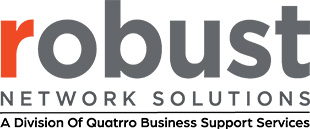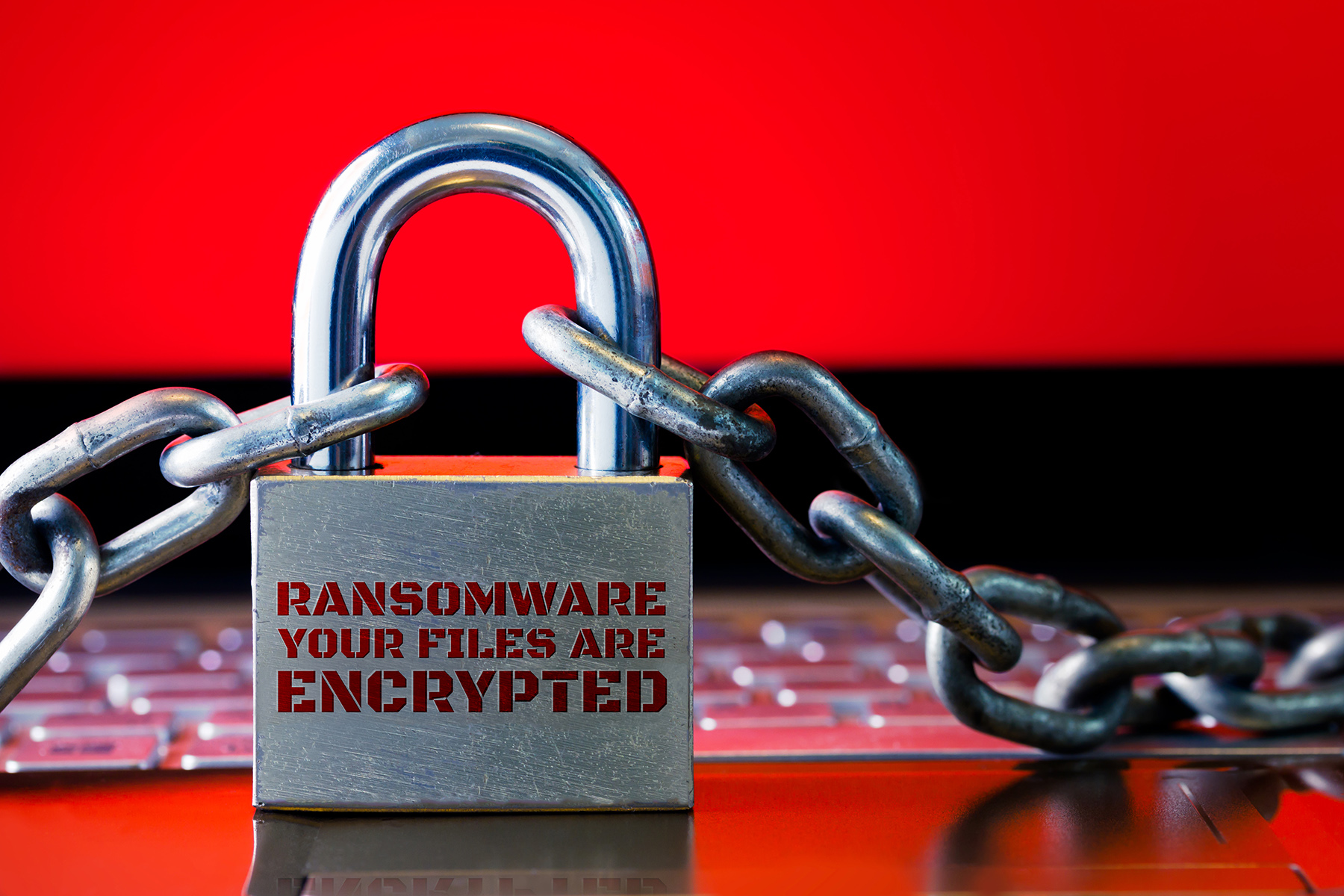There were 304 million ransomware attacks in 2020. This represents a 64% jump in the number of ransomware assaults in 2019. Clearly, cybercriminals are finding opportunities and seeking to exploit them. How can you make sure your organization is prepared to fend off ransomware attacks and recover in the event an attack is successful? Here are some tips to help you get ready.
What is Ransomware?
Ransomware is malware that infects a computer, takes control of it, and then demands a ransom in exchange for the right to use your computer again. However, if you pay the ransom, you have no way of guaranteeing that you will regain control of your computer or that you won’t be victimized again in the future.
How to Avoid Ransomware Attacks
Although ransomware attacks are prevalent, there’s a lot you can do to avoid them. Here are some key steps you can take:
Always Use Antimalware Software
Your software solution should always be up-to-date and have the latest threat intelligence information so it can recognize even new threats. It should also be able to scan your hard drive, all removable storage devices, and emails.
Update the Patches on All Computers
Patch updates often close recently discovered vulnerabilities. If you’re even a couple of weeks behind on your updates, you may be unnecessarily exposed to ransomware threats.
Use Security Solutions That Block Access to Known Ransomware Sites
A reliable security solution has access to a list of sites known to propagate ransomware. Ask your security provider how they protect you against ransomware to see if this is part of their solution.
Control the Use of Personal Devices on Your Network
Personal devices are often exposed to a vast number of threats while people use them on less secure networks at home or in public. Therefore, they are more likely to get infected with ransomware.
Restrict the Number of People With Administrative Privileges
With some ransomware, it’s more effective if it’s installed in an area of your system that only an admin can access. Therefore, limiting the number of people with admin privileges can keep your network more secure.
Encourage Safe Internet Habits for All Members of Your Organization
People who use your network should keep the following in mind:
- Do not use personal apps or sites, including social media, on work computers
- Do not open files or links from unknown sources, particularly if they haven’t been scanned for malware
How to Prepare for Recovery From a Ransomware Attack
Even if you take all the above steps, an incursion is still possible. Here’s what you can do now to make recovery faster and easier.
- Design and deploy an incident recovery strategy. This should include roles and specific steps different people have to take. Then practice the recovery solution regularly.
- Develop a backup strategy. Whether you use a traditional backup server or have a redundant one running in parallel to your primary system, you need to have a solution that enables you to quickly gain access to important files and systems.
- Keep a recent list of contacts, including local law enforcement authorities, who can assist in the recovery process. Everyone who may interface with these people should also understand their roles in the recovery process.
Although ransomware attacks have been on the rise, there’s a lot you can do to prevent them—and prepare for a recovery—using the most up-to-date solutions and increasing the awareness of all stakeholders. Robust Network Solutions can defend you against ransomware and a variety of other cyber threats. Learn how by reaching out today.

